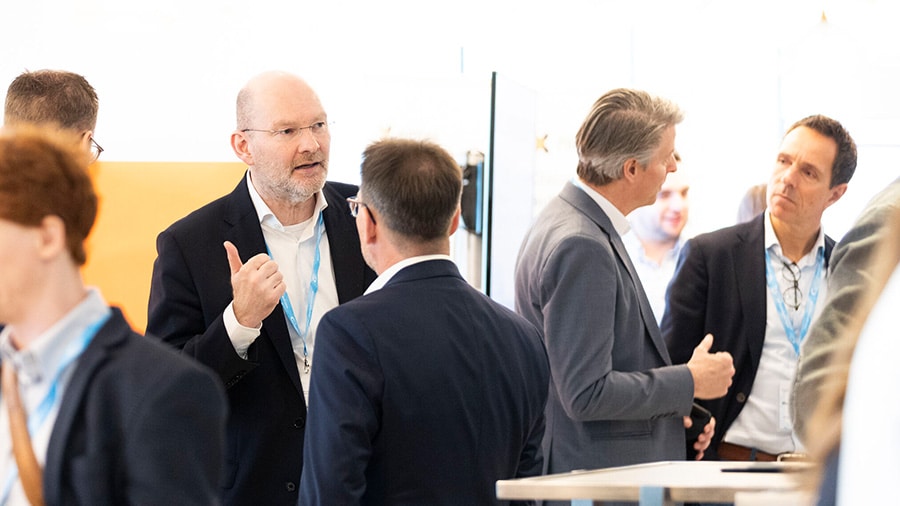
Discover how supply chain leaders can avoid common APS pitfalls by focusing on data quality, process readiness, and change management for real results.


During the recent OpEx summit, one of our operational excellence experts participated to a panel discussion titled "Unlocking the Secrets to Successful OpEx Programs" alongside other experts Azeeza Sunmonu, EMEA Head of Commercial Operations & Excellence at GE Healthcare; Maritza Helfferich, Senior Manager Brand Communications Operations at Adidas; Sachin Sankpal, Head of Group Excellence of Digitalization at Vynova Group; and Philippe Lefranc, Global Head of Strategy and Program Delivery, External Affairs at Philip Morris International.


As the objective of our discussion was to seek for the truth behind the success of an operational excellence (OpEx) program, we delved into invaluable insights from our collective experiences, without forgetting that, even though many companies have seen success with OpEx programs, it’s essential to acknowledge the failures and learn from them to ensure successful transformation programs in the future and achieving long-term success.
Two questions particularly resonated with me, allowing me to share my insights and experiences.
In exploring the distinction between ‘change’ and ‘transformation’ within operational excellence programs, it’s crucial to first define operational excellence. Operational excellence embodies the continual pursuit of end-to-end loss elimination, involving every member of the organization. Sustaining these results demands a robust change management system, as every improvement initiative necessitates altering established routines, often leading to resistance. Managing this resistance, particularly during High Impact Moments, is pivotal for the success of Opex programs.
Change is the cornerstone of all Opex initiatives and involve adopting new practices and the abandonment of old ones. However, the operating system as such stays intact. On the contrary, transformation transcends mere change and involves a fundamental change of the operating system. It involves restructuring core operations, such as footprint redesign or future factory initiatives.
Effective change management not only involves the implementation of new practices, but also encourages their adoption among individuals and groups of individuals (populations) within the organization. Adoption, crucial for sustainable improvement, often requires leveraging multiple levers of change to promote positive engagement. Transformation initiatives aim to fundamentally shift the organization’s operational paradigm, requiring specialized programs tailored to specific requirements and characteristics. Transformation programs typically start with an assessment: a structured and systematic collection of basic data, an evaluation of the as-is situation, a gap analysis and finally a potential calculation. The next step is to define the target picture for the future system and the roadmap to achieve it. Then, in the execution & anchoring phase, focus will be on transformation management and, again managing adoption.

In summary, while change is inherent in every operational excellence program, transformation is not. However, in every transformation initiative, change will undoubtedly occur.
When designing an operational excellence program, it’s crucial to take into account various key elements to ensure its effectiveness and alignment with organizational goals. There are 8 key elements to consider when designing an Opex program:
In conclusion, the process improvement and operational excellence summit shed light on the complexities of OpEx programs and the imperatives for success. While many companies have navigated the path to operational excellence, acknowledging failures and learning from them is paramount for sustained success.
By prioritizing factors such as alignment with company objectives, balancing results and capabilities, and standardization, organizations can lay the groundwork for transformative OpEx initiatives.
As EFESO Management Consultants, we stand ready to assist organizations in overcoming barriers and achieving operational excellence. From diagnosis and assessment to journey synchronization and continuous improvement, our expertise ensures comprehensive support throughout the journey. We extend our gratitude to all participants and contributors at the summit, and we look forward to collaborating with organizations to drive lasting transformation and tangible results.
